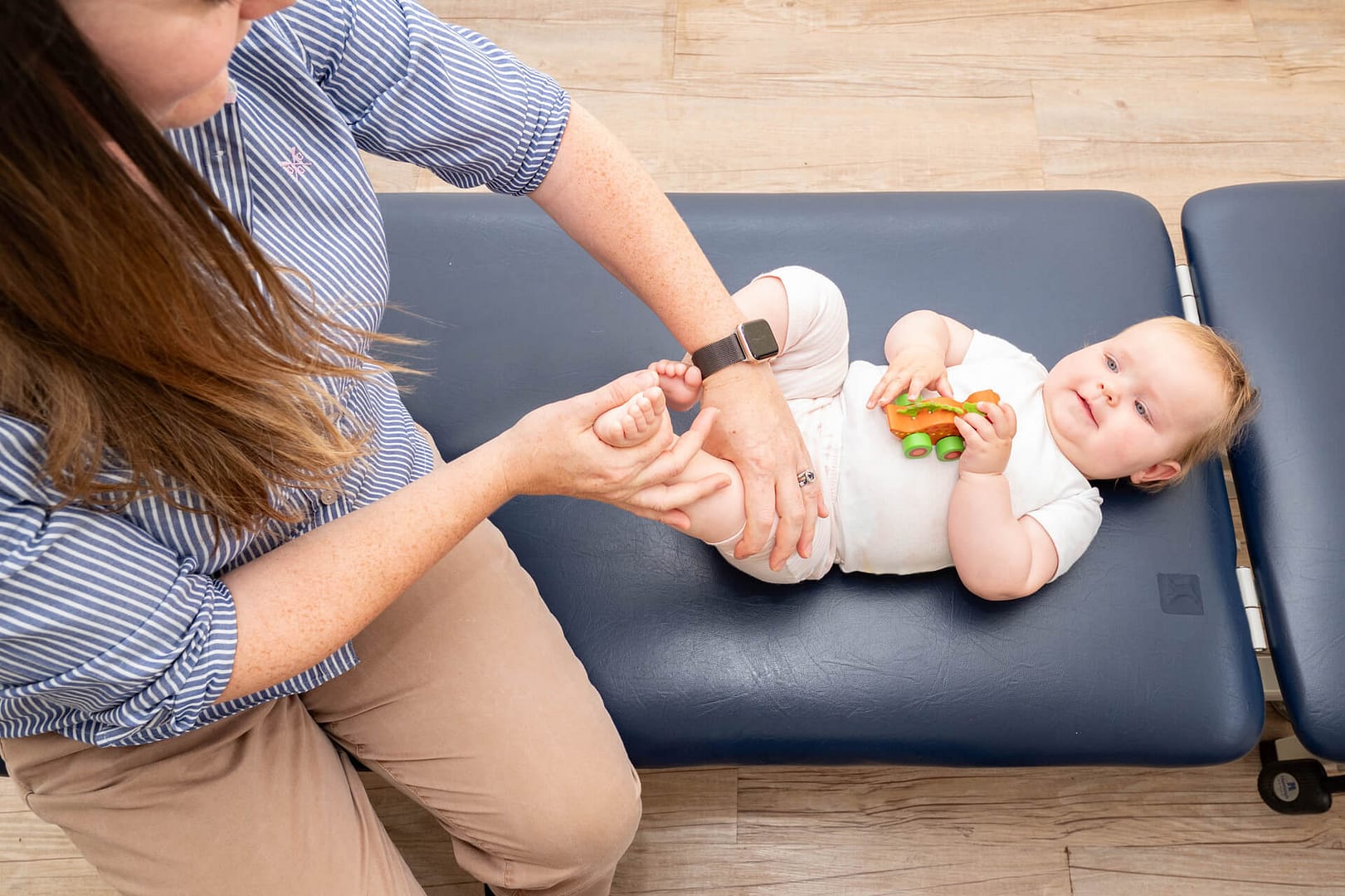
The team at LEWis Brand Orthotics have a long history of experience working in multidisciplinary paediatric clinics to optimise orthotic treatment for maximum patient benefit.
Children are constantly growing so the goal posts are always moving and new developmental stages are emerging, therefore it is important that children are regularly reassessed to ensure they have the best orthotic intervention for their needs.
Orthotic intervention can be beneficial for children with Cerebral Palsy, Spina Bifida, Down Syndrome, Muscular Dystrophy, Chromosomal conditions, Hypermobility syndrome, Developmental Delay and many other conditions.
Selective dorsal rhizotomy (SDR) surgery is a procedure performed to treat spasticity in individuals with conditions such as cerebral palsy. After SDR surgery, orthotic intervention can play a crucial role in the rehabilitation process. Here’s some information on the use of orthotics following SDR surgery:

- Ankle-Foot Orthoses (AFOs): AFOs are commonly prescribed after SDR surgery. They provide support and control to the ankle and foot, helping to maintain proper alignment and preventing contractures. AFOs can improve stability, balance, and walking ability by reducing spasticity and promoting a more efficient gait pattern.

- Dynamic Orthoses: Dynamic orthoses, such as dynamic AFOs or dynamic splints, are often used to promote muscle activation and range of motion. These orthoses incorporate dynamic components or adjustable settings to encourage active movement and stretching of muscles affected by spasticity.

- Customization for Individual Needs: Orthotics prescribed after SDR surgery are typically customised to meet the specific needs of each individual. They are designed based on factors such as the degree of spasticity, muscle strength, and the desired goals of rehabilitation. Custom orthotics provide the best fit, comfort, and effectiveness for each patient.

- Progressive Adjustments: Following SDR surgery, orthotic intervention may involve progressive adjustments over time. As the individual’s muscles and walking pattern improve, orthotics may be modified or replaced to accommodate the changing needs and support further progress.

- Collaboration with Healthcare Team: The prescription and fitting of orthotics after SDR surgery involve close collaboration between the orthotist, surgeon, physical therapist, and other members of the healthcare team. This multidisciplinary approach ensures that the orthotic intervention is integrated into the overall rehabilitation plan and supports the individual’s specific goals.
LEWis Brand Orthotics work closely with the wider healthcare team, including the physiotherapist, occupational therapist, and paediatrician to determine the most appropriate orthotic intervention after SDR surgery. We can assess your unique needs, monitor progress, and make any necessary adjustments to optimise your rehabilitation and functional outcomes.



